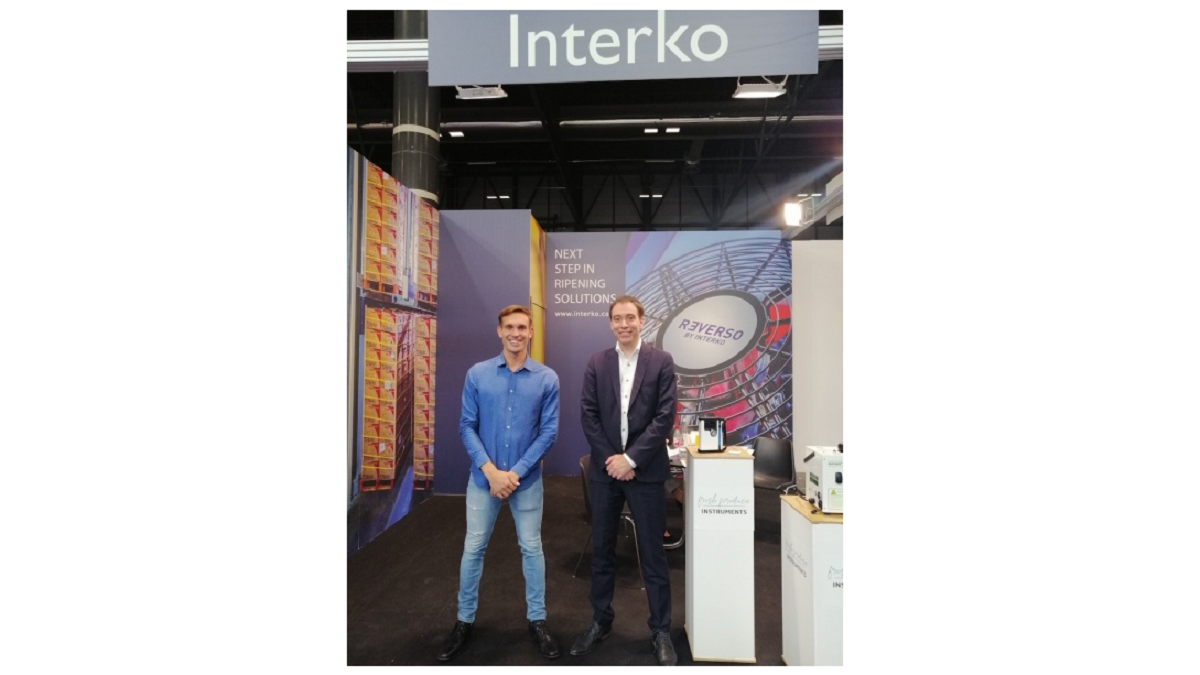News
Evaluation of calyx senescence during the ripening of ?Rojo Brillante? persimmon by chlorophyll fluorescence imaging
In persimmon, the condition of the calyx is a very important attribute in determining its quality. The fruit has a large green, four-lobed calyx that darkens during ripening, which is associated with a loss of marketable quality. In particular, there is dehydration and browning extending from the apical part of the sepals towards the base. Lim et al. (2007) relate leaf senescence in plants to chloroplast decomposition and chlorophyll degradation. However, at present, there is no information on the relationship between calyx senescence and physico-chemical changes in the fruit during ripening. This information could be useful in determining the optimal harvesting time. Chlorophyll fluorescence analysis (CFI) is a non-destructive technique widely used to assess photosynthetic activity over the whole leaf area (Gorbe and Calatayud 2012). The present study aims to characterise the calyx senescence process during fruit ripening using CFI, and to establish the relationship between CF parameters and the most important quality attributes of persimmon.
25 October, 2021
In persimmon, the condition of the calyx is a very important attribute in determining its quality. The fruit has a large green, four-lobed calyx that darkens during ripening, which is associated with a loss of marketable quality. In particular, there is dehydration and browning extending from the apical part of the sepals towards the base. Lim et al. (2007) relate leaf senescence in plants to chloroplast decomposition and chlorophyll degradation. However, at present, there is no information on the relationship between calyx senescence and physico-chemical changes in the fruit during ripening. This information could be useful in determining the optimal harvesting time. Chlorophyll fluorescence analysis (CFI) is a non-destructive technique widely used to assess photosynthetic activity over the whole leaf area (Gorbe and Calatayud 2012). The present study aims to characterise the calyx senescence process during fruit ripening using CFI, and to establish the relationship between CF parameters and the most important quality attributes of persimmon. Conclusions:A decrease in CF parameters correlated with calyx senescence and its progression during fruit ripening was observed. The spatio-temporal heterogeneity of CFI parameters clearly demonstrates the onset of senescence and necrosis symptoms in the apical areas of the sepal continuing towards the basal area. High correlations have been found between CF parameters measured in the calyx and the evolution of external colour or loss of firmness during fruit ripening. Therefore the analysis of chlorophyll fluorescence in calyx sepals could be a potential and non-destructive tool to determine the quality of persimmon at harvest. SourceFathi-Najafabadi, A., Besada, C., Gil, R., Calatayud, A. & Salvador, A. (2021). Evaluation of calyx senescence during the ripening of 'Rojo Brillante' persimmon by chlorophyll fluorescence imaging Poster presented at: 7th International Symposium on Persimmon (Kaki 2020), Nara, Japan.










